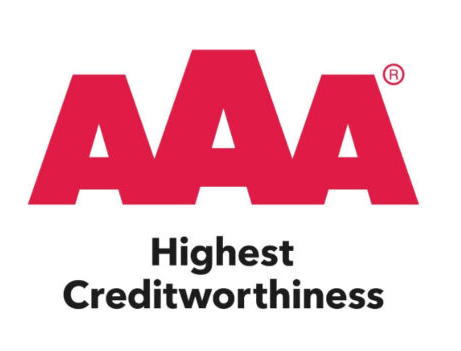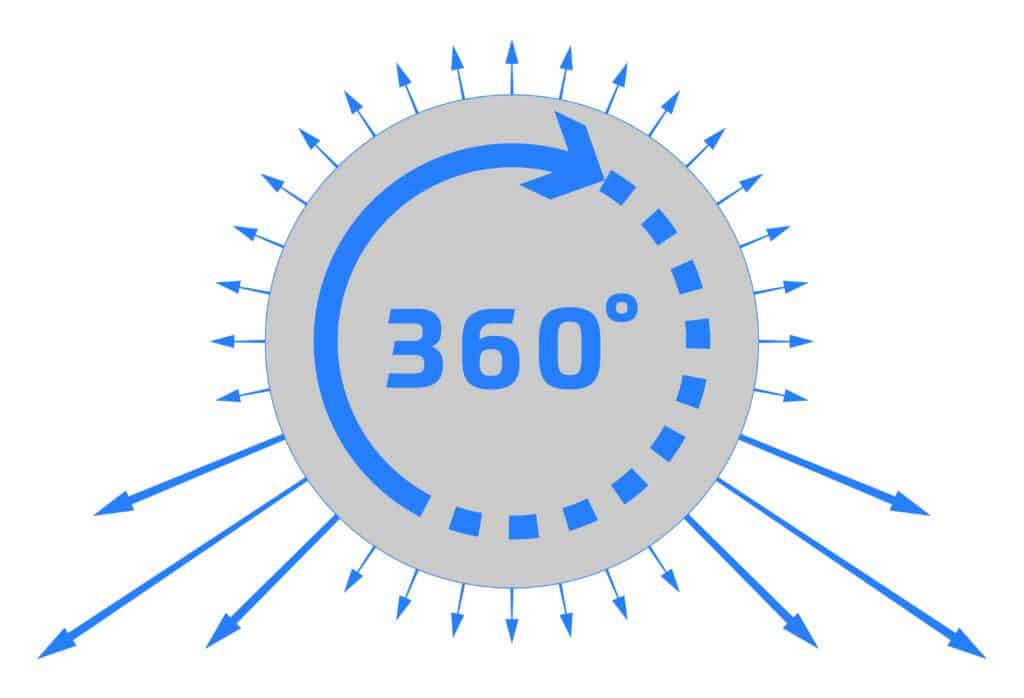One of the main, if not the main, components of textile ducting is the duct material itself, as it is precisely because of this that it can be a better alternative to conventional ventilation systems. It is a fraction of the weight of its metal counterparts, making it easier to transport, easier to install and simple to maintain.
However, it is the properties of the textile material that determine whether the chosen textile duct system will perform optimally and correctly in all possible environmental conditions. A poorly selected material can ruin the positive image of textile ducting and the end user will not be satisfied with the system, regardless of whether the design of the ducting is at fault.
In terms of material properties, we must first distinguish between air permeable vs. non permeable materials. While non-permeable materials are recommended for industrial applications, as their pores cannot be clogged by dust particles, non-permeable materials are recommended for applications where either low air velocity is required or where there is a high vapour formation (e.g. factory kitchens, swimming pools, wellness) and it is therefore important that air can pass through the entire cross-section of the textile. In this way, the air duct remains dry at all times.
One of our customers wanted to install a new cooling system in a food processing plant. The previous old system already contained air ducting from another manufacturer's textile, but it had moulded. We were asked, as the developer and manufacturer, to investigate the cause of the mould and propose a modification.
After lengthy discussions, it turned out that the old textile ducts in the hall had been routed above cauldrons and the resulting condensation had not been extracted because the plant had postponed its installation until a later date. The condensate condensed both on the cold textile ducts and on the structure of the hall.
In this light, it was clear to us that the air ducts should have been made of air permeable material. We designed and manufactured the new ducts anyway, but we also tested the extremely high humidity conditions in our laboratory to be sure. The result of the test showed that the duct dries out in a few minutes, even if it is completely wet.
Due to the properties of the permeable material, air flowed over the entire surface of the duct, and as a solution we proposed to modify the existing concept to a permeable material, thus eliminating the vapour build-up.
As a domestic textile air duct manufacturer, one of our major advantages is the ability to provide quick response, testing and maintenance facilities (washing, repair, replacement duct). While most distributors can only act on our behalf at the cost of long and slow administration with foreign manufacturers, EXANDAIR is able to respond more quickly to overcome any obstacles that may arise as a domestic manufacturer.





